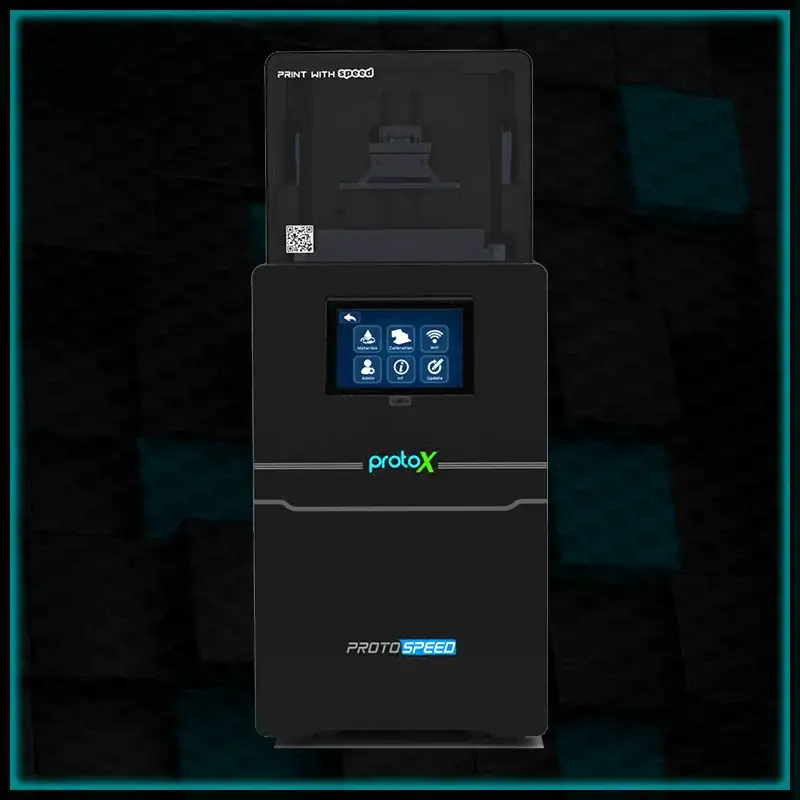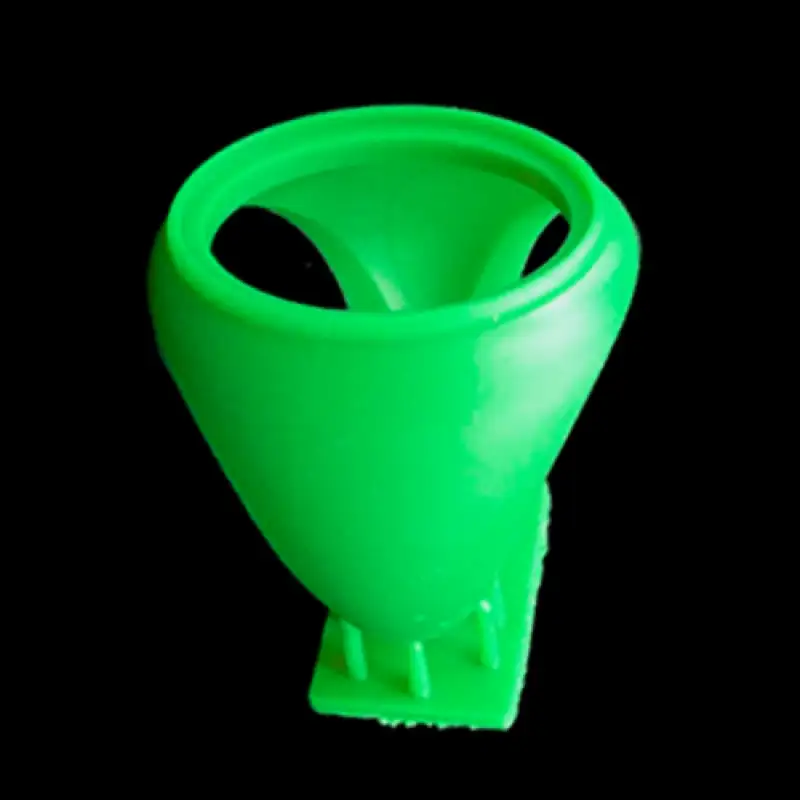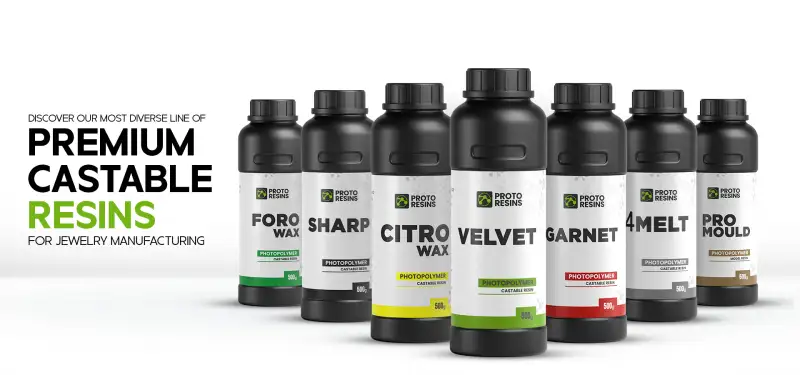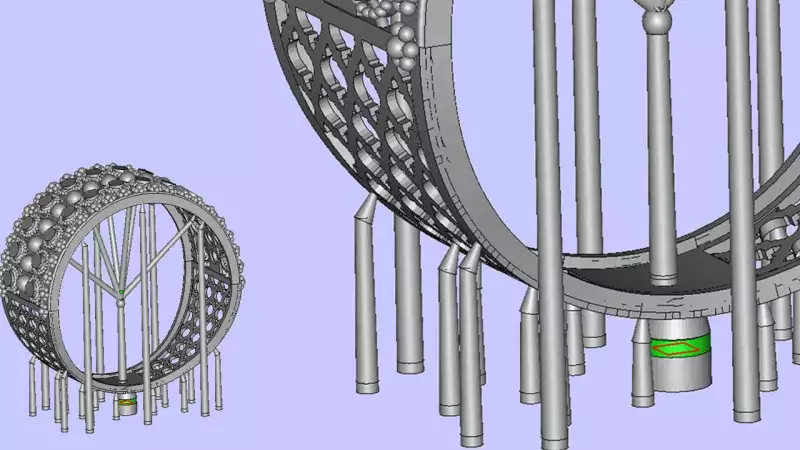ProtoX is revolutionizing jewelry manufacturing with its DLP technology, big build platform, high-resolution output, and long-lasting, robust VAT.
3D Printing for Jewelry
One important aspect that might compromise the precision and caliber of jewelry manufactured via 3D printing is resin shrinkage. To create exact, high-quality jewelry, jewelers must understand the reasons behind shrinking. The quality, accuracy, and overall integrity of the final product can be compromised by this phenomenon, making it a critical concern for those in the industry.
Magnus is a cutting-edge 3D printer for resin that was created especially for the jewelry industry. It is designed to provide incredibly high precision, catching the minute details required to create jewelry.
Resin is used in art to create glossy paint finishes and to encase items in transparent resin. It is used in manufacturing to create robust parts for the automotive and aerospace sectors, as well as composite materials like fiberglass. With professional advice and premium supplies, Protospeed and ProtoResins can help you succeed in your 3D printing endeavors at every stage.
Jewelry Manufacturers by Gesswein signifies a revolutionary change in the production of 3D jewelry in Thailand, India, and the USA. They have rethought conventional production techniques by incorporating cutting-edge Rapid 3D Printers, which offer advantages including improved scalability, accuracy, and efficiency.
The jewelry industry has consistently adopted new techniques to improve efficiency and innovation. From the days of handcrafted items to the introduction of cutting-edge technology like Computer-Aided Design (CAD) and 3D printing, the rise in popularity of Electropolishing is one such technological innovation.
In the industry of 3D printing, speed is essentially relative. The parameters and points of reference are always crucial. Any printer can claim to be fast if its speed limit is established to 100 microns.
Get the most out of 3D printing in jewelry design by following top tutorials that are tailored to your skill level and hobbies.
THE FUTURE OF 3D PRINTING IN THE JEWELRY INDUSTRY
The software utilized for design purposes in the jewelry industry differs according to the particular requirements and inclinations of designers. Every software possesses unique capabilities and addresses distinct facets of jewelry design. It comprises geometric modeling and sculpting, thereby providing an extensive array of features. It also satisfies the varied design demands popular in the jewelry sector.










